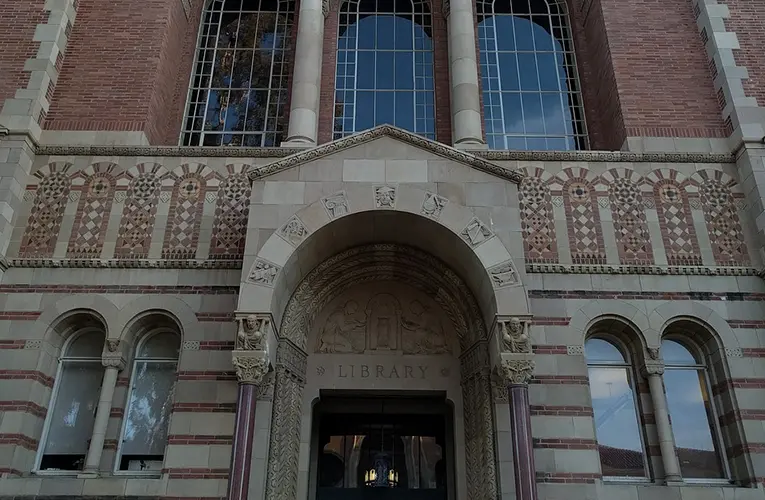“Ivy League vs Maple League: Comparing Prestigious Universities in the USA and Canada”
**Introduction**
In the realm of higher education, certain institutions stand out not only for their academic excellence but also for their historical legacy and global prestige. In the United States, the Ivy League universities have long been synonymous with elite education, attracting students and faculty from around the world. Meanwhile, in Canada, the emergence of the Maple League institutions has drawn attention for their commitment to liberal arts education and research.
This comparative analysis aims to delve into the similarities and differences between these two prestigious groups of universities. By examining their histories, academic offerings, student experiences, and global impacts, we seek to understand what sets them apart and what common threads bind them together. Through this exploration, we hope to provide insights into the evolving landscape of higher education in North America and beyond.
—
**Historical Foundations: Ivy League and Maple League**
The Ivy League, comprising eight private institutions in the northeastern United States, traces its origins back to colonial times. Harvard University, founded in 1636, stands as the oldest institution of higher learning in the United States and sets the tone for the Ivy League’s emphasis on tradition, academic rigor, and alumni networks. Other members, such as Yale, Princeton, and Columbia, share similar pedigrees, dating back to the 18th and 19th centuries, when they were established to educate the region’s elite.
Conversely, the Maple League in Canada represents a newer consortium of universities committed to liberal arts education and research. Formed in the 2010s, the Maple League includes Mount Allison University, St. Francis Xavier University, Acadia University, and Bishop’s University. Each institution boasts a rich history rooted in their respective communities, with a shared dedication to providing a personalized education experience that fosters critical thinking, creativity, and global citizenship.
—
**Academic Offerings and Specializations**
One of the defining characteristics of Ivy League universities is their comprehensive academic offerings across a wide array of disciplines. From humanities to sciences, engineering to business, these institutions are renowned for their robust research programs and faculty expertise. The emphasis on interdisciplinary studies and cutting-edge research often attracts top scholars and students alike, fostering innovation and intellectual exploration.
Similarly, the Maple League universities prioritize a liberal arts education that encourages students to engage deeply with diverse fields of study. While smaller in scale compared to their Ivy League counterparts, these institutions excel in fostering close-knit academic communities where students benefit from personalized attention and mentorship. The focus on undergraduate research and experiential learning opportunities prepares Maple League graduates to navigate complex global challenges with a well-rounded perspective.
—
**Student Experience and Campus Life**
The student experience at Ivy League universities is characterized by a blend of academic intensity and extracurricular richness. Students often participate in a wide range of clubs, organizations, and community service initiatives, enhancing their leadership skills and cultural awareness. The campuses themselves are steeped in history and architectural splendor, providing a picturesque backdrop for intellectual pursuits and social interactions.
In contrast, Maple League universities offer a more intimate campus environment where students forge strong bonds with peers and faculty. The emphasis on community engagement and civic responsibility permeates campus life, with students actively contributing to local and global communities through service-learning projects and volunteerism. The supportive and inclusive campus culture nurtures personal growth and prepares graduates to make meaningful contributions to society.
—
**Global Impact and Alumni Networks**
Both Ivy League and Maple League universities boast influential alumni who have made significant contributions to their respective fields and beyond. Ivy League graduates often occupy leadership positions in business, government, and academia worldwide, leveraging their education and networks to effect change on a global scale. The extensive alumni networks facilitate mentorship and career advancement opportunities for current students and recent graduates alike.
Similarly, Maple League alumni are recognized for their commitment to social responsibility and innovation, contributing to Canada’s cultural and economic landscape. The alumni networks, though smaller in size compared to the Ivy League, are tightly knit and supportive, offering valuable connections and professional development resources to graduates embarking on diverse career paths.
—
**Conclusion**
In conclusion, the Ivy League and Maple League represent two distinct yet interconnected pillars of higher education excellence in North America. While the Ivy League universities emphasize tradition, academic rigor, and global leadership, the Maple League institutions prioritize liberal arts education, community engagement, and personalized learning experiences. Together, they embody the rich diversity and scholarly achievements that define the evolving landscape of prestigious universities in the United States and Canada.
By exploring their histories, academic offerings, student experiences, and global impacts, we gain a deeper appreciation for the contributions these institutions make to society and the transformative power of higher education. As they continue to adapt and innovate in response to emerging challenges and opportunities, the Ivy League and Maple League universities remain steadfast in their commitment to shaping future generations of leaders, thinkers, and changemakers on both sides of the border.
—
This comparative analysis serves not only to highlight the unique attributes of each league but also to foster a broader understanding of the evolving educational paradigms in North America and their global implications.










